How To Choose The Right Roof System For Your Commercial Facility?
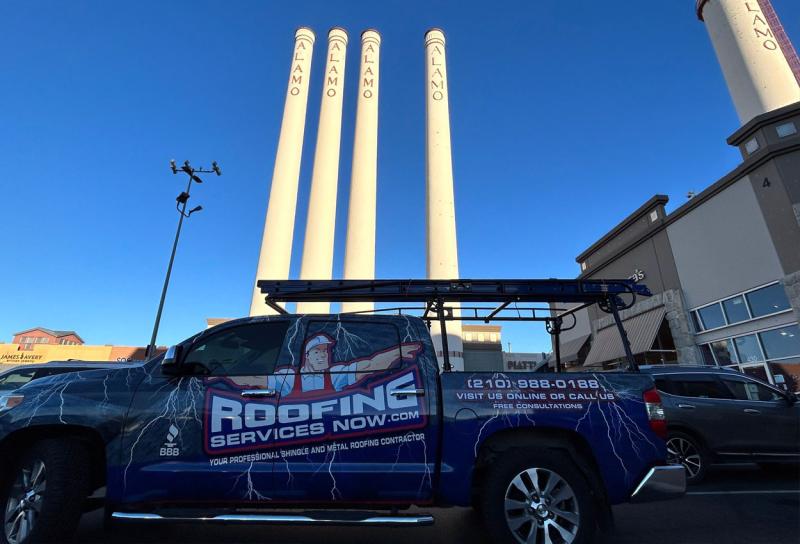
When protecting your commercial facility, the roof is one of the most critical components. A well-chosen roof system not only ensures the safety and comfort of your employees and customers but also contributes to the overall efficiency and longevity of your building. This guide will help you navigate the complex process of selecting the right roof system for your commercial facility, taking into account various factors such as building structure, climate, budget, and long-term maintenance. Commercial Roofing Company in San Antonio
Understanding Your Building’s Requirements
Assessing Building Structure and Design
The first step in choosing the right roof system is to understand your building’s structural and design requirements. The type of roof you need will largely depend on the design of your building. For instance, a flat roof might be more suitable for large, sprawling facilities, while pitched roofs could be better for buildings with a smaller footprint.
Evaluating Load-Bearing Capacity
It’s crucial to evaluate the load-bearing capacity of your building’s structure. Different roof systems have varying weights, and your building must be able to support the chosen roof. Consulting a structural engineer can provide insights into the best options for your facility.
Considering Climate and Environmental Factors
Climate Considerations
The climate in your region plays a significant role in determining the most suitable roof system. For example, buildings in areas with heavy snowfall require roofs that can withstand significant weight, while facilities in regions with high temperatures need materials that can reflect heat and reduce cooling costs.
Environmental Impact
Sustainability is an increasingly important consideration. Opt for roofing materials that are eco-friendly and energy-efficient. Cool roofs, which reflect more sunlight and absorb less heat, can help reduce energy consumption and lower utility bills.
Exploring Roofing Materials
Single-Ply Membrane Roofing
Single-ply membrane roofing systems, such as TPO, PVC, and EPDM, are popular choices for commercial facilities. They are lightweight, durable, and relatively easy to install. TPO and PVC offer excellent energy efficiency, while EPDM is known for its superior resistance to weathering and UV radiation.
Built-Up Roofing (BUR)
Built-up roofing (BUR) systems consist of multiple layers of bitumen and reinforcing fabrics. This type of roofing is known for its durability and ability to withstand heavy foot traffic. BUR systems are ideal for buildings with flat or low-slope roofs.
Modified Bitumen Roofing
Modified bitumen roofing systems combine the durability of BUR with the flexibility of single-ply membranes. They are resistant to extreme weather conditions and provide excellent waterproofing. This option is suitable for both flat and low-slope roofs.
Metal Roofing
Metal roofing is a durable and long-lasting option that can withstand extreme weather conditions. It is also fire-resistant and can be designed to meet specific aesthetic preferences. However, metal roofing can be more expensive than other options and may require additional insulation to improve energy efficiency.
Green Roofing
Green roofs, or vegetative roofs, consist of a waterproof membrane covered with soil and vegetation. They offer numerous benefits, including improved insulation, stormwater management, and reduced urban heat island effect. Green roofs are particularly suitable for buildings in urban areas.
Balancing Cost And Quality
Initial Installation Costs
When selecting a roof system, it’s essential to consider both the initial installation costs and the long-term value. While some materials, such as slate or metal, may have a higher upfront cost, they could offer significant savings in maintenance and energy efficiency over time. Conversely, materials like asphalt shingles may be less expensive initially but could incur higher maintenance costs down the line. It’s crucial to balance the immediate financial outlay with the potential for future savings to make a well-informed decision.
Long-Term Maintenance
Maintenance costs can vary widely depending on the type of roof system. For instance, while metal roofs require minimal maintenance due to their durability and resistance to harsh weather conditions, single-ply membranes may need periodic inspections and repairs to address potential leaks and damage. Additionally, factors such as climate, exposure to elements, and the quality of installation can influence the frequency and extent of maintenance required. When evaluating different roofing options, make sure to factor in the long-term maintenance requirements and the potential need for occasional professional servicing to ensure the longevity and performance of your roof system.
Ensuring Compliance With Building Codes And Regulations
Local Building Codes
It’s crucial to ensure that your chosen roof system complies with local building codes and regulations. Building codes can vary significantly from one region to another, and non-compliance can result in costly fines and delays. These codes are designed to ensure the safety, durability, and performance of the building structures. Consulting with local authorities or a knowledgeable contractor can help you navigate these requirements effectively.
Industry Standards
Adhering to industry standards, such as those set by the National Roofing Contractors Association (NRCA) or the American Society for Testing and Materials (ASTM), ensures that your roof system meets high-quality and safety benchmarks. These standards are established through rigorous testing and research, providing guidelines for materials, installation practices, and overall system performance. Following these standards not only enhances the longevity and reliability of your roof but also provides peace of mind knowing that your roof is built to withstand various environmental conditions.
Hiring a Qualified Roofing Contractor
Researching Contractors
Selecting a reputable and experienced roofing contractor is vital to the success of your roofing project. Look for contractors with a proven track record in commercial roofing, positive customer reviews, and appropriate certifications. Additionally, consider checking their portfolio for past projects and asking for references from previous clients. This will give you a better understanding of their capabilities and reliability. Don’t forget to verify their insurance and bonding status to protect yourself from any liabilities.
Requesting Proposals and Quotes
Request detailed proposals and quotes from multiple contractors. This will help you compare costs, materials, and timelines, ensuring you make an informed decision. Be sure to ask for a complete breakdown of the costs, including labor, materials, and any additional fees. Understanding the scope of work and the estimated timeline for completion will help you plan your project more effectively. It’s also a good idea to inquire about warranties and post-project support, so you know what to expect once the work is done.
Finalizing Your Decision
Weighing Pros and Cons
After gathering all the necessary information, weigh the pros and cons of each roofing system. Consider factors such as durability, maintenance, energy efficiency, and overall cost. Think about the long-term implications of your choice, such as potential repair costs and how the roofing material will perform in your particular climate. It’s also important to evaluate the aesthetic appeal and whether it complements the design of your building.
Consulting with Experts
Consult with roofing experts or industry consultants to get professional advice tailored to your specific needs. Their insights can be invaluable in making the final decision. Experts can provide detailed assessments of different materials and offer recommendations based on your budget and requirements. They may also have access to the latest technologies and trends in roofing, which can further inform your decision-making process. Don’t hesitate to seek multiple opinions to ensure you’re getting well-rounded guidance.
Implementing Your Roof System
Planning the Installation
Once you’ve chosen the right roof system, work closely with your contractor to plan the installation. Discuss all the details, including the materials to be used, the installation process, and safety measures. Ensure that the project timeline aligns with your business operations to minimize disruptions. Regularly review progress with your contractor to address any potential delays or issues that arise during the installation.
Conducting Final Inspections
After installation, conduct a thorough inspection to ensure the roof system meets all specifications and quality standards. This should include checking for any leaks, ensuring proper water drainage, and verifying the durability of the materials used. Address any issues promptly to avoid future problems. Schedule regular maintenance checks to extend the lifespan of your roof and prevent significant repairs down the line.
Choosing the right roof system for your commercial facility is a complex but critical task that requires careful consideration of various factors. By understanding your building’s requirements, considering climate and environmental factors, exploring different roofing materials, balancing cost and quality, ensuring compliance with building codes, and hiring a qualified contractor, you can make an informed decision that ensures the longevity, efficiency, and safety of your facility. Taking the time to make the right choice now can lead to significant benefits in the long run, from cost savings to improved building performance.




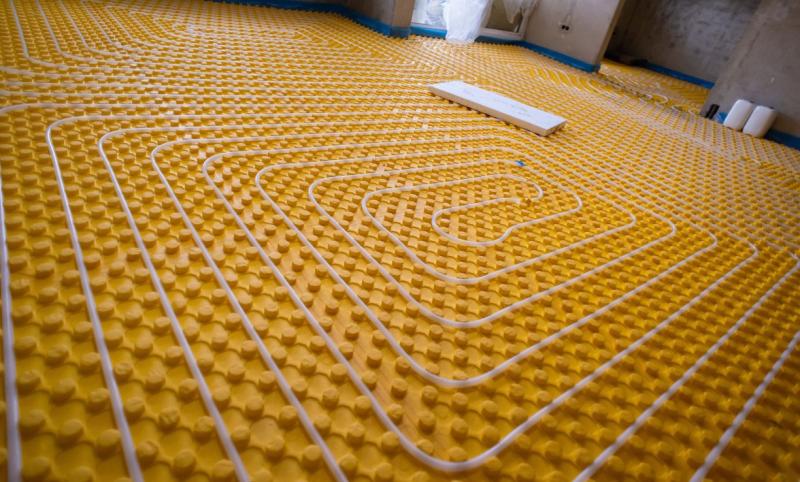
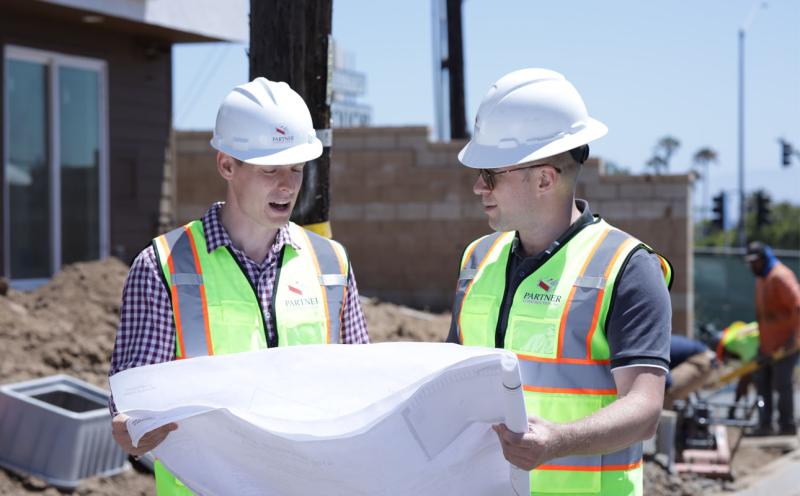



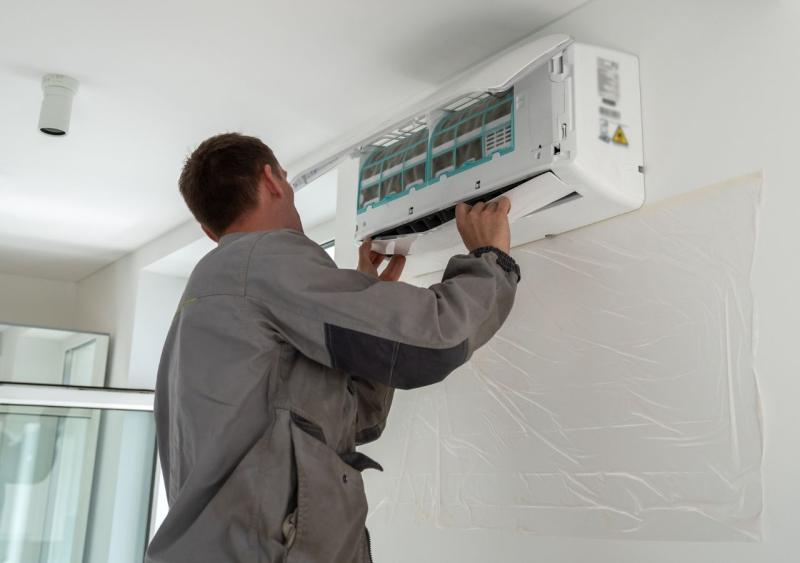
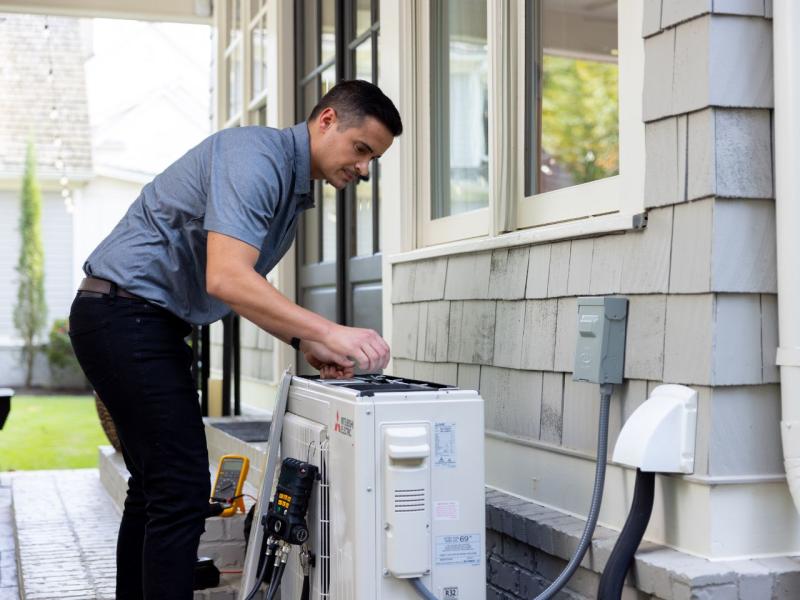
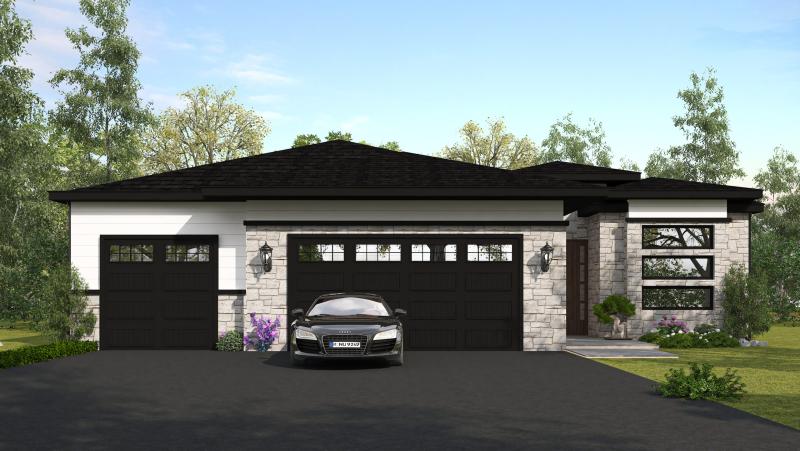
Comments